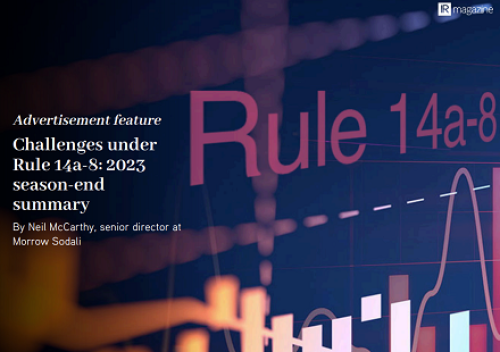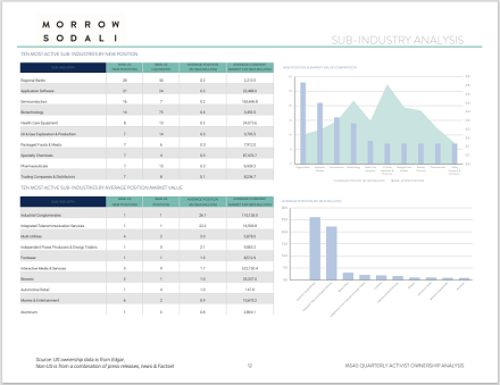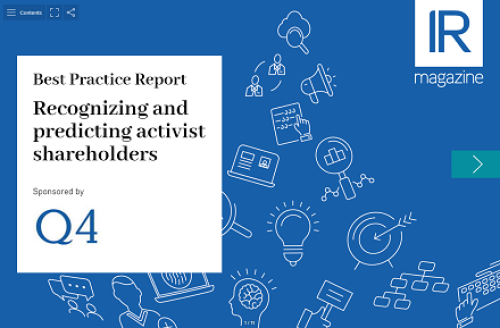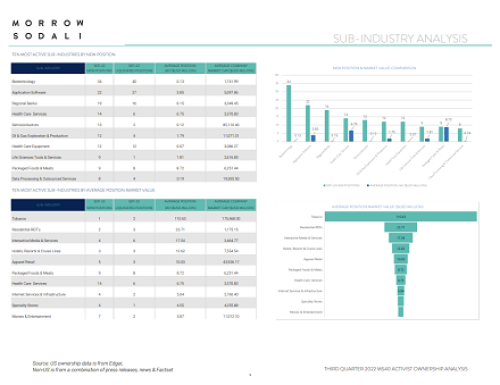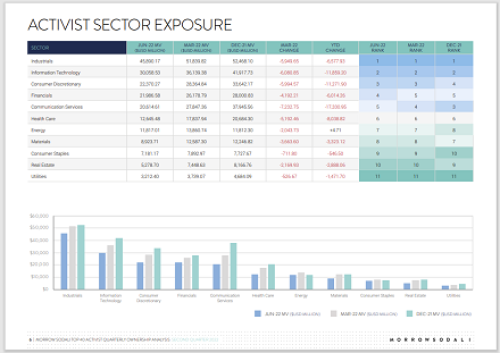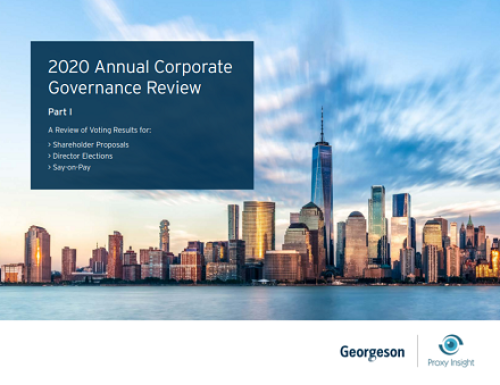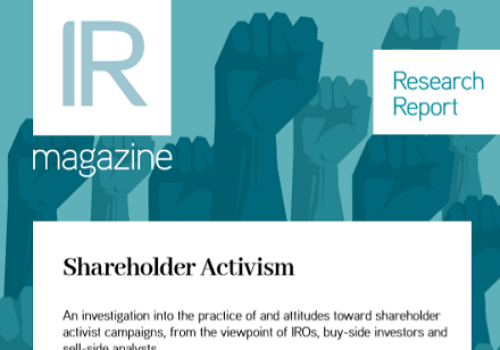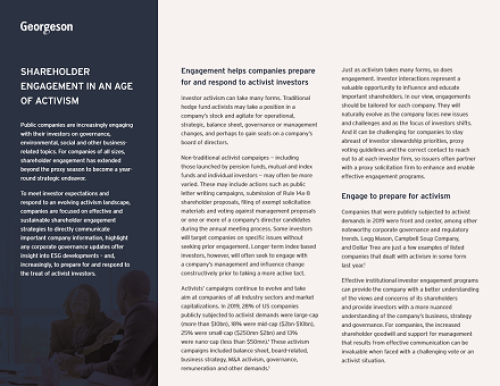With news that the aviation and airlines industry has jumped to the top of the list as the industry most vulnerable to activism in Q2 2022, Garnet Roach speaks to David Farkas, managing director in the activism and M&A solutions practice at FTI Consulting, to find out how companies should prepare against a potential activist campaign.
What elements should make up the basics of any activism preparedness plan?
When a company prepares thoroughly for a potential shareholder activist, that preparation can deter an activist’s involvement; it can also make activists less likely to succeed in their efforts.
The first and most important step of an activism preparedness plan is understanding where the company’s vulnerabilities lie. The firm should be prepared to either internally address those deficiencies or defend them. Governance, total shareholder return, operating performance and balance sheet [should all be considered] in order to detail a company’s most vulnerable aspects.

Developing scenarios based upon the vulnerabilities within the company is a crucial step in a preparedness plan. Once the vulnerability assessment is completed and scenarios are developed based on the current state of the company, creating an organized response roadmap would be a logical next step in keeping the C-suite prepared. This would include developing content to rebut likely arguments from both activists and non-hostile investors.
This content would serve as a platform to discuss operational improvement strategies to pre-empt potential shareholder activist demands.
What about going beyond this?
Working with a stock surveillance provider should be a priority engagement for proactive boards of directors, C-suites and investor relations professionals. Stock surveillance is the first line of defense, as it can identify a shareholder activist buying shares in real time, months before that information is publicly disclosed. It is also important to understand the voting trends of the investor base, which is an exercise that should be conducted on an ongoing basis.
If a company sees its sector has jumped in the risk rankings, how should IR respond?
A proactive IR team should use our report as a gauge of potential shareholder activist interest in the sector. Companies tend to build an activist preparedness plan, but allow it to get dusty over time. An increase in the vulnerability risk ranking should provide IR with an opportunity to revisit that plan and discuss changes that need to be made to the original roadmap.
Are there any typical mistakes you see companies making when it comes to an activism vulnerability assessment or their preparedness plan?
When conducting an activism vulnerability assessment, it is important to focus on the aspects an investor may attack if a shareholder campaign is initiated. Forward-looking management and IR teams should focus on a plan to rectify items within their control to make their company less vulnerable. Inaction on these items could prove to be costly within an activist campaign or potential proxy fight.
 Would any of this advice differ depending on sector or cap size?
Would any of this advice differ depending on sector or cap size?
Large-cap companies will likely have more resources at their disposal for an activist preparedness program, or a proxy fight. But there has recently been an uptick in campaigns against large-cap companies, which shows that all companies can be vulnerable no matter their size. For smaller-cap companies, preparedness could be much more important as the companies may not have the war chest for a costly proxy fight.
Finally, in your opinion, what is the role of investor relations in all of this?
The role of IR in the activism preparedness process is an important one, as the IRO is the ‘gatekeeper’ to the C-suite. Understanding the tendencies of the company’s key shareholders, or a particular shareholder in question, is important in determining the level of visibility the C-suite will have with that investor.
Investor relations professionals should always understand the state of activism within their industry. A proxy fight within that industry could bring items to the forefront that investors may not have addressed in the past, which could in turn have an effect on all companies in that space.
Keeping track of campaigns in the industry could help IROs understand which shareholder activists are interested in a certain industry and what those demands and critiques include.

